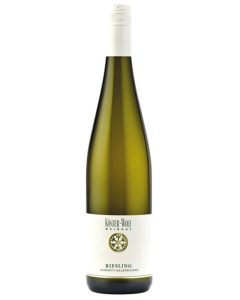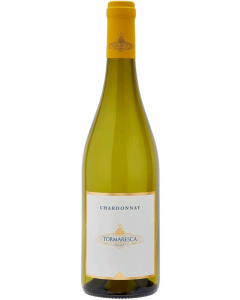We use cookies to make your experience better. To comply with the new e-Privacy directive, we need to ask for your consent to set the cookies. Learn more.
Domaine Anne et Sebastien Bidault Gevrey-Chambertin 2021
Domaine Anne et Sebastien Bidault Gevrey-Chambertin 2021
- Grapes Pinot Noir 100%
- Country France
- Region Burgundy Gevrey-Chambertin
- Abv 13 %
- Body Value: C (A is light, E is full-bodied)
Residual Sugar: 1.9
Contains Sulphites: Yes
Vegetarian/Vegan: Yes/Yes
Milk/Eggs: No/No
Organic: No
Biodynamic: No - Case size 6 / 75cl
- Winemaker: Sebastien Bidault
- Closure Natural Cork
- A well-structured Gevrey-Chambertin with red cherry and plum flavours through to a firm, vegetal finish. 2021 was a very challenging vintage across the Burgundy region. A significant frost hit during April, which dramatically affected the yields. High rainfall and cool temperatures throughout summer required vigilance in the vineyard to ensure disease did not take hold. However, the remaining fruit has matured, and the 2021 wines offer a clean and light style with fresh fruit flavours and characteristic minerality.
Vinified with minimal intervention. The grapes were carefully sorted and destemmed. The whole berries were fermented in temperature-controlled tanks for 15 to 20 days. The wine was tasted daily to determine the required amount of pigeage (punching down of the cap) and ‘remontage’ (pumping over) to obtain the desired colour, aroma and flavour extraction levels. When fermentation was complete, the wine was gently pressed and transferred into barrels, of which one-third were new, for 12 to 15 months. The malolactic conversion took place in the barrel. The wine was lightly filtered before being bottled.
A well-structured Gevrey-Chambertin with a good depth of flavour and a firm, savoury finish.
| Country | France |
|---|---|
| Vintage | 2021 |
| Bottles Per Case | 6 |
| Bottle Size | 75 |
| 2 cases 10% off | No |
| Winery | The grapes for this Gevrey-Chambertin come from the “lieu-dit” or named plots of ‘Les Champs Chenys’, ‘aux Chezeaux’ and ‘Les Seuvrées’. The vines were planted in 1901, 1966 and 1921, respectively, and the old vines are low-yielding, producing berries full of concentrated flavours. Their deep root systems penetrate the soil layers, imparting complexity to the wine. The vines are cultivated according to “la lutte rainsonnée” using sustainable agricultural methods to respect the land and its environment. Pesticides and herbicides are not used to cultivate the vines; instead, regular soil tilling is performed to remove weeds. The vines are farmed using organic preparations, although they are not certified organic. The grapes are hand-harvested, and only the ripest grapes are selected. |
















